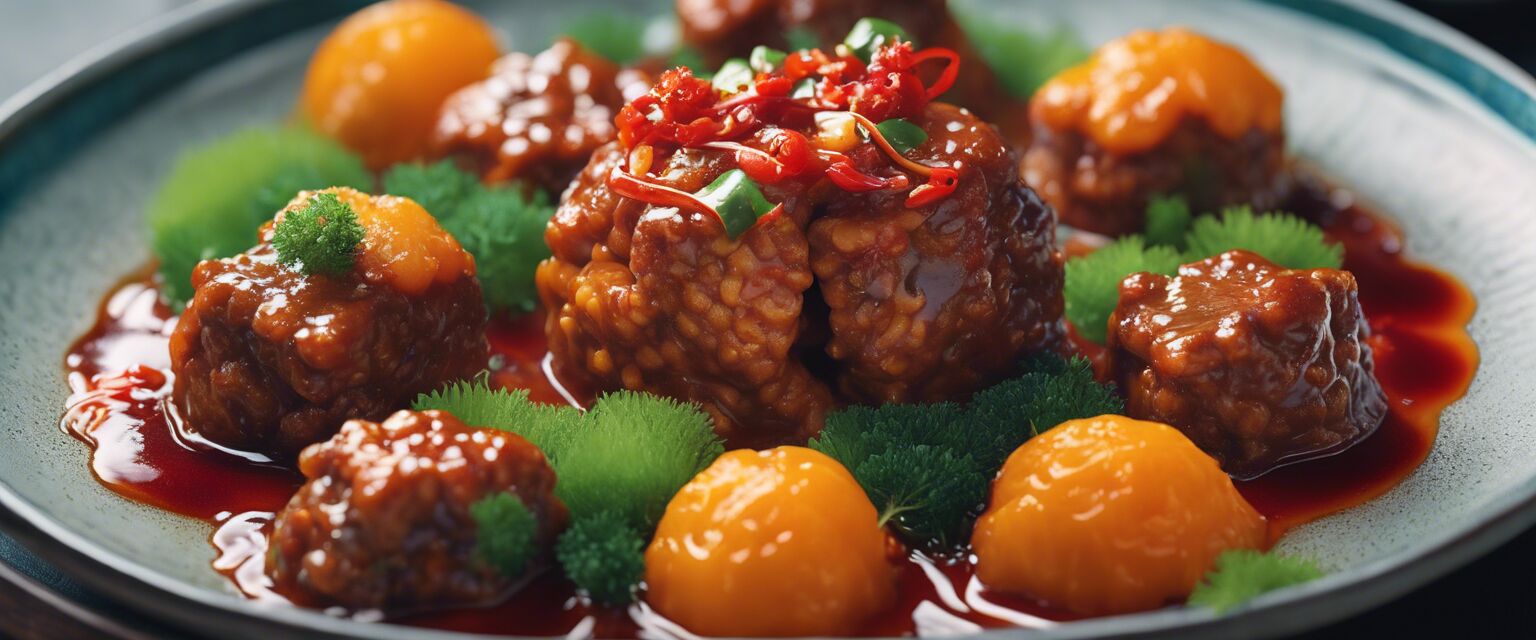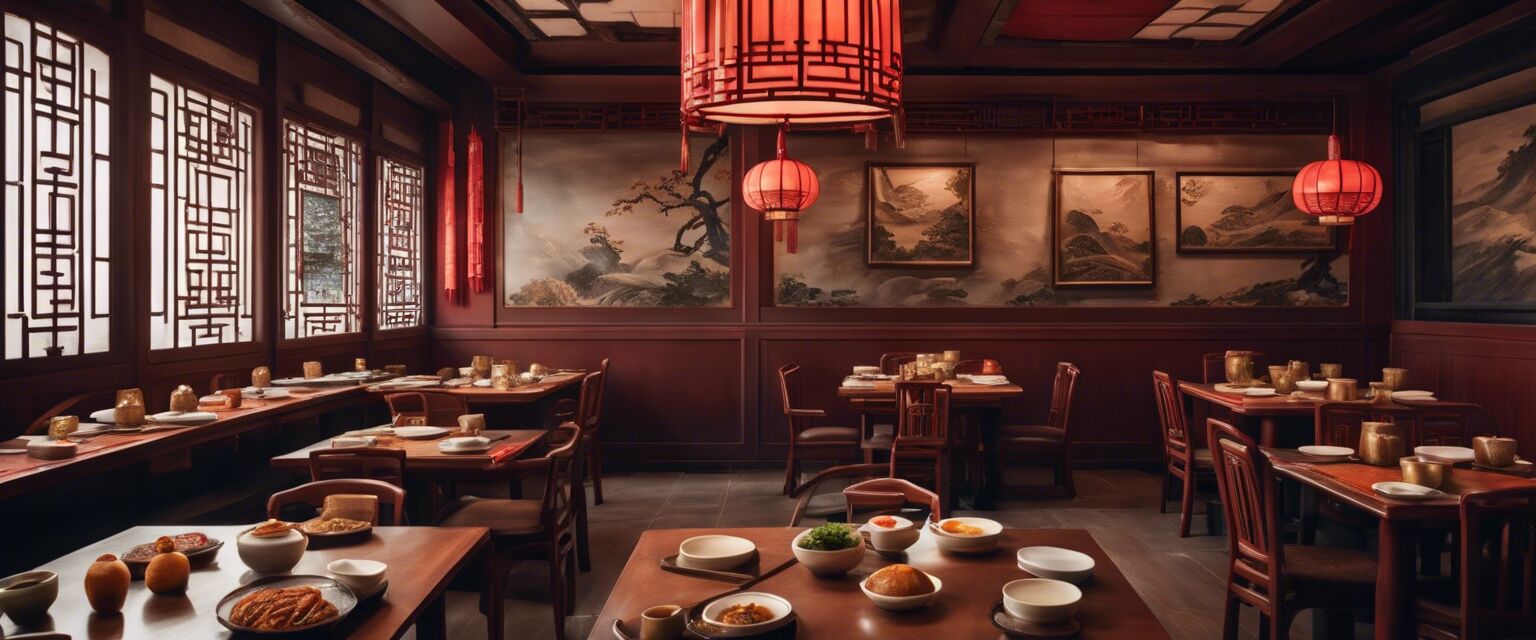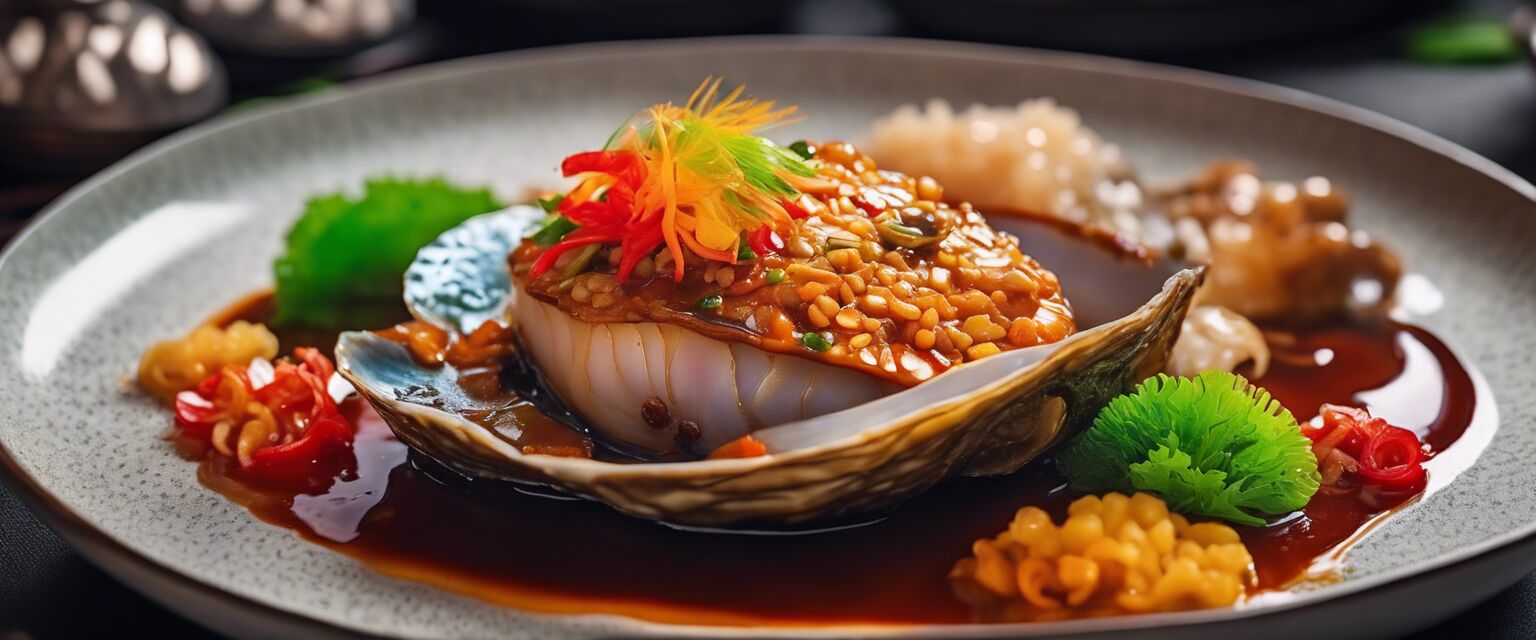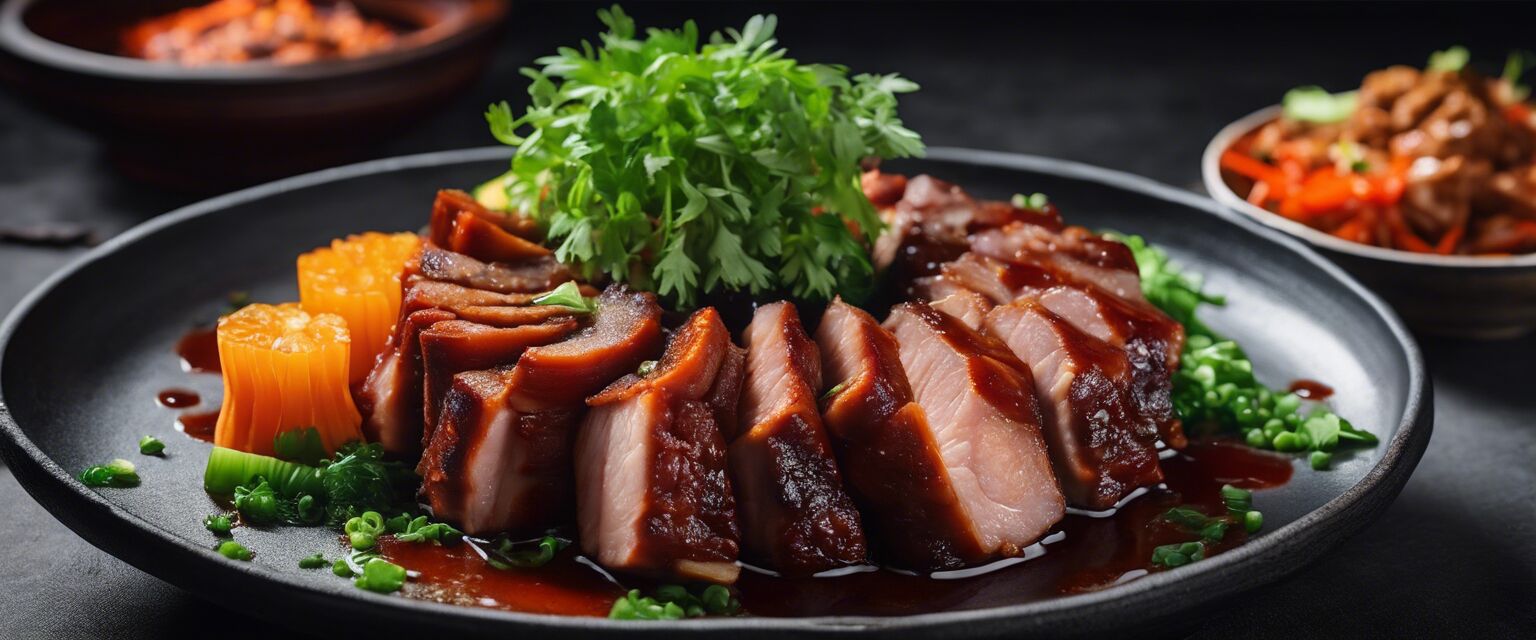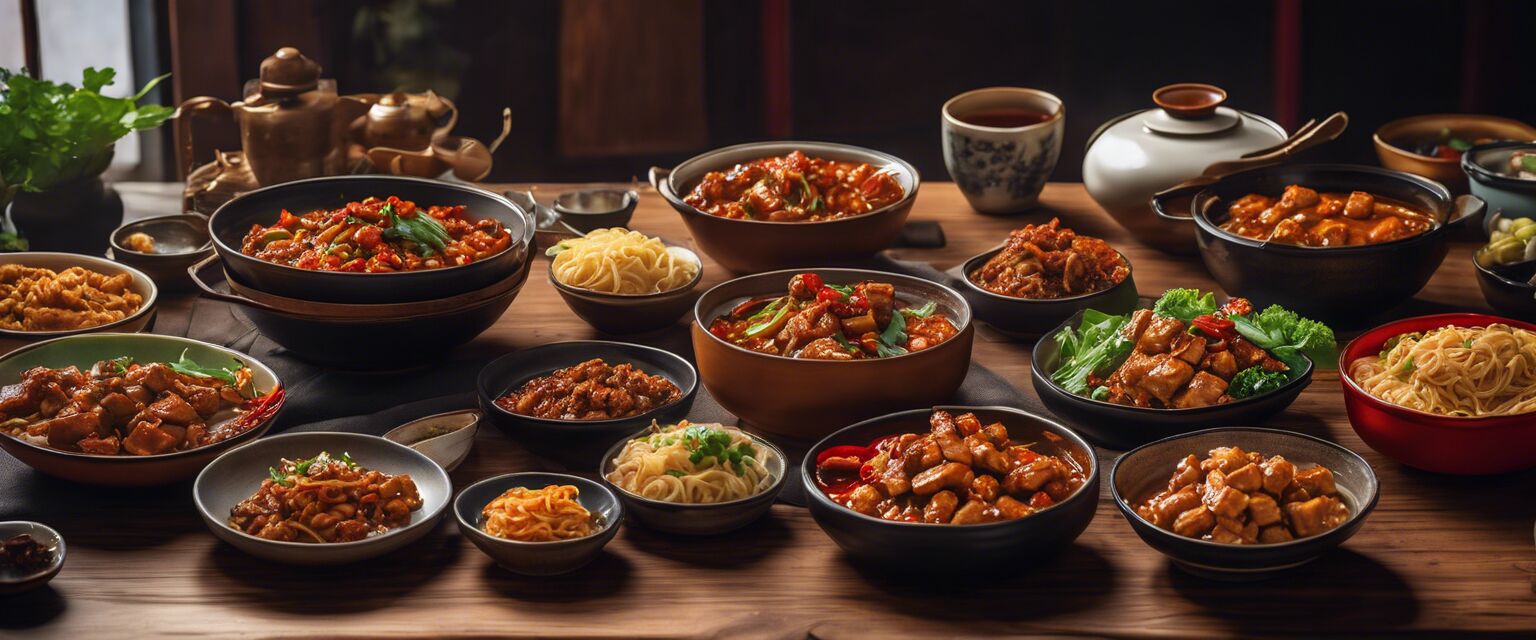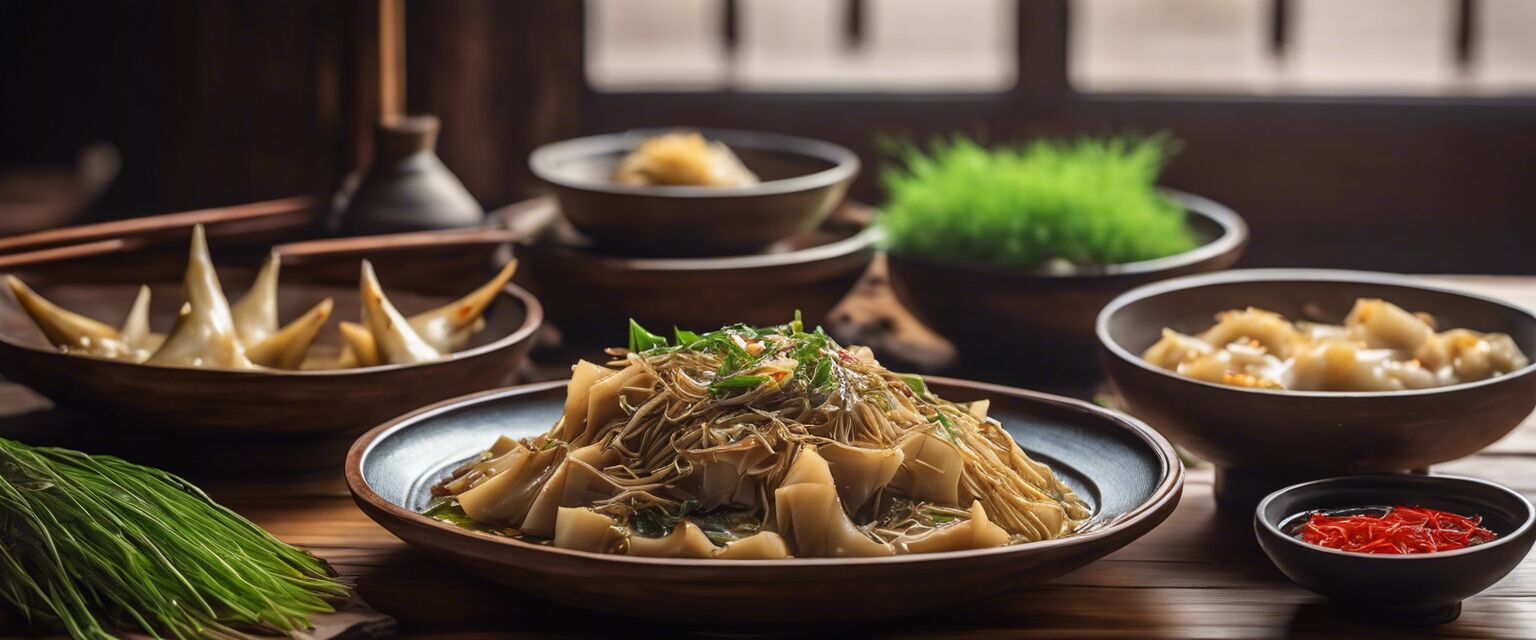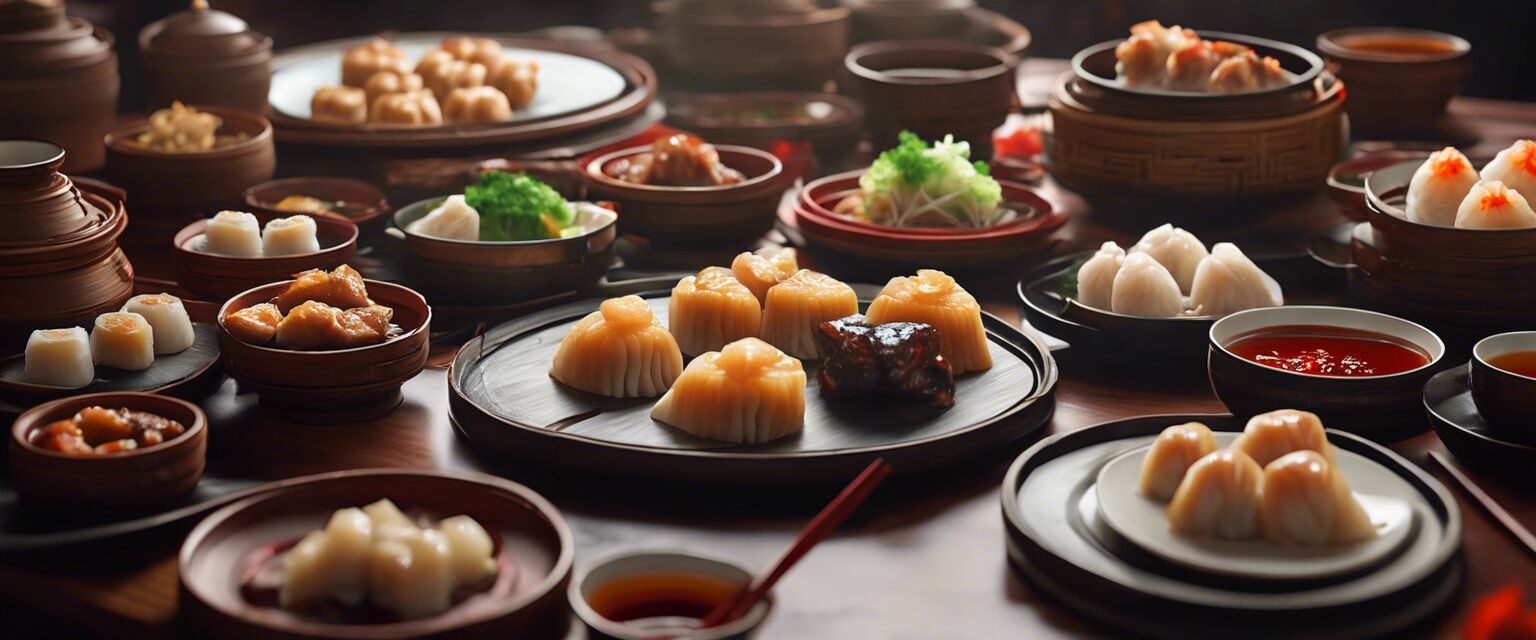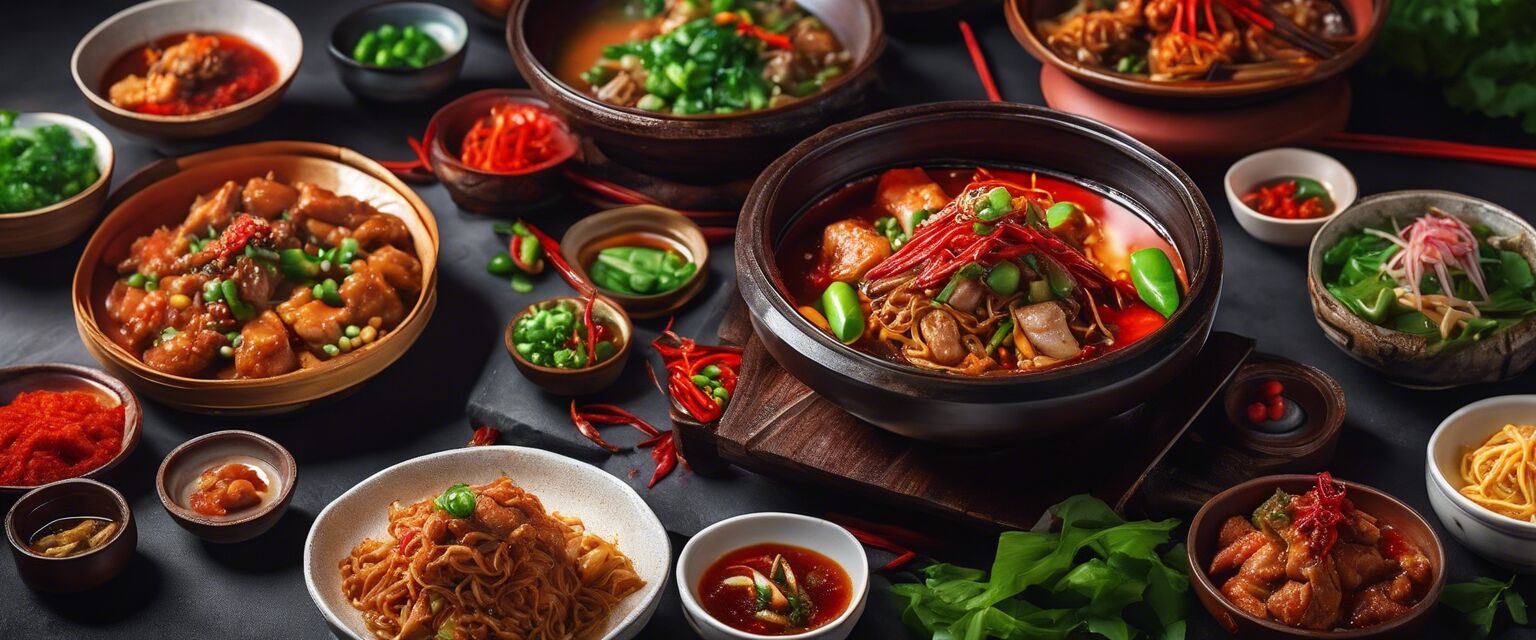
Fujian Cuisine
Key takeaways
- Fujian cuisine emphasizes rich flavors through a variety of broths and soups.
- Signature dishes include Buddha Jumps Over the Wall and Oyster Omelette.
- Fresh ingredients and unique cooking techniques are hallmarks of this culinary style.
- The cuisine often balances sweetness and savoriness, making it unique.
Fujian cuisine, originating from the Fujian province in China, is one of the most distinctive culinary styles in the country. Known for its emphasis on soups and broths, Fujian dishes often showcase a perfect balance of flavors, freshness, and skillful cooking techniques. Whether it's the elaborate Buddha Jumps Over the Wall or the delightful Oyster Omelette, this cuisine offers a rich experience for food lovers.
Popular Fujian Dishes
| Dishes | Description | Main Ingredients |
|---|---|---|
| Buddha Jumps Over the Wall | A luxurious soup with various ingredients, representing the height of Fujian cuisine. | Sea cucumber, shark fin, abalone, chicken, and ham. |
| Oyster Omelette | A savory dish featuring oysters and eggs, often served with a sweet sauce. | Fresh oysters, eggs, starch, and vegetables. |
| Fish Ball Soup | Light soup made with fish balls, showcasing the delicate flavors of the sea. | Fish paste, herbs, and broth. |
| Fujian Fried Rice | A fragrant fried rice dish, often mixed with various proteins and vegetables. | Rice, eggs, pork, and vegetables. |
Cooking Techniques in Fujian Cuisine
Fujian cuisine employs several cooking techniques that enhance the flavors and textures of its dishes:
- Steaming: Used for preserving ingredients' flavors and nutrients.
- Stir-frying: Assures quick cooking while retaining freshness and crunchiness.
- Slow cooking: Ideal for developing rich flavors in soups and stews.
- Blanching: To prepare ingredients while maintaining color and texture.
Ingredients Commonly Used
| Ingredient | Usage |
|---|---|
| Rice | A staple used in many dishes, particularly in fried rice and soups. |
| Seafood | Commonly featured for freshness, enhancing the soup's flavors. |
| Dried Mushrooms | Add depth to soups and broths, contributing earthy flavors. |
| Pork | Often used in various forms, including as a primary ingredient in many dishes. |
Cultural Significance of Fujian Cuisine
Fujian cuisine isn't just about food; it embodies the history and culture of the region. The focus on fresh and seasonal ingredients reflects the local philosophy of eating, reinforcing harmony with nature. Signature dishes are often served during festivals and gatherings, emphasizing community and tradition.
Dining Etiquette
When enjoying a meal in the Fujian style, it is important to understand the local dining etiquette:
- Sharing: Dishes are often served family-style for shared enjoyment.
- Chopsticks: Often the preferred utensil; proper use is appreciated.
- Compliments: Praising the cook is customary and shows appreciation.
Fujian Street Food
No exploration of Fujian cuisine would be complete without highlighting its vibrant street food scene. Here are some popular choices:
- Baozi: Steamed buns filled with meat and vegetables.
- Fried tofu: Crispy on the outside, soft on the inside, often enjoyed with sauces.
- Grilled squid: A popular snack, often flavored with chili and other spices.
- Noodle soups: Various types of noodle soups, each with unique broths and toppings.
Exploring Fujian Cuisine at Home
If you are eager to try Fujian cuisine at home, consider these simple steps:
Tips for beginners
- Start with simple recipes to understand basic flavors.
- Utilize fresh herbs and quality ingredients for authentic taste.
- Experiment with cooking methods like steaming and stir-frying.
Further Exploration
For those who wish to dive deeper into the world of Fujian cuisine, consider checking out our articles on:
- Acupressure tools for relaxation after a good meal.
- Aromatherapy oils for a calming cooking atmosphere.
- Dietary supplements that might pair well with traditional dishes.
- Herbal teas that can complement a Fujian meal.
- Natural skin care tips post-collision with delicious flavors.
Conclusion
In conclusion, Fujian cuisine is a treasure trove of flavors, featuring a variety of dishes that reflect its rich history and cultural diversity. From brothy soups to locally sourced ingredients, it offers a dining experience that is both enjoyable and fulfilling, deserving a place on your culinary journey.
Pros
- Diverse flavors and ingredients.
- Focus on fresh and healthy cooking methods.
- Rich cultural heritage.
- Widely enjoyed street food scene.
Cons
- Some dishes may require hard-to-find ingredients.
- Cooking techniques can be time-consuming.
